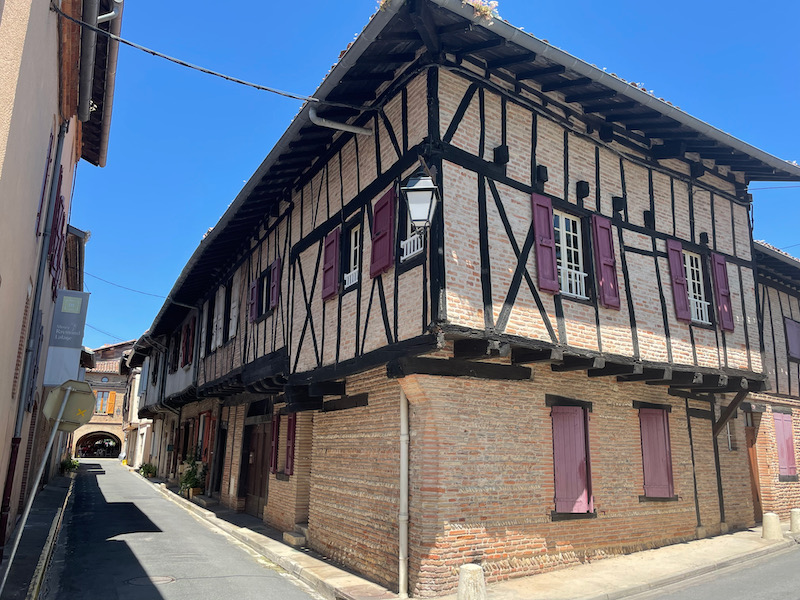Our Blog - Lisle-sur-Tarn, France
Just outside of Toulouse is the 13th century bastide of Lisle-sur-Tarn. It was actually pretty nice for a town of less than 5,000 people. It is a really cute town with lots of half-timbered houses. In South-West France, the term "bastide" dates back to the 12th century and means a fortified town normally constructed by a noble or in support of an abbey. It was created by Raymond VII, the Count of Toulouse, in 1229. The usual layout of a bastide consisted of a main square from which a network of houses and roads were built.
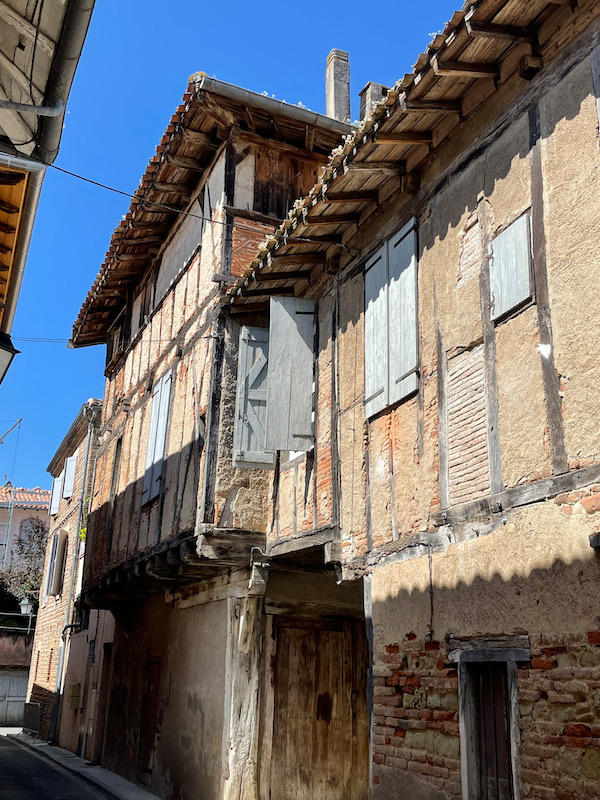
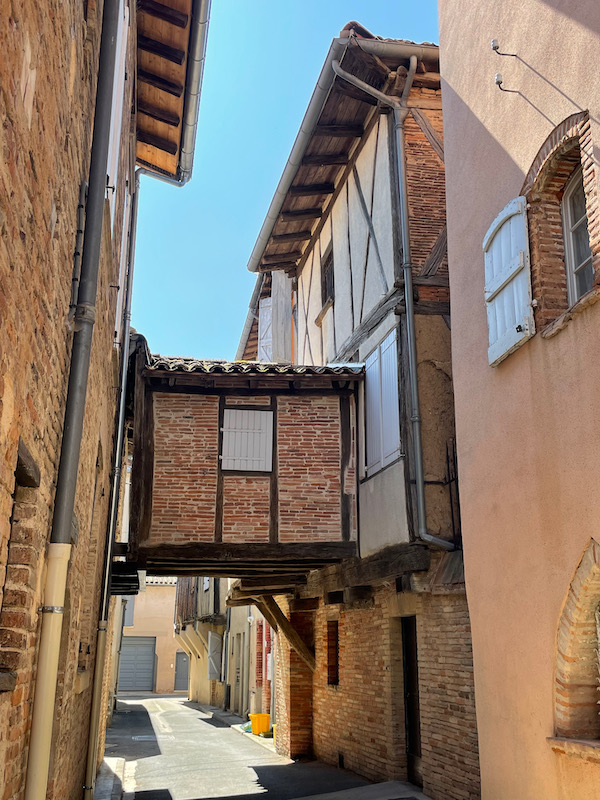
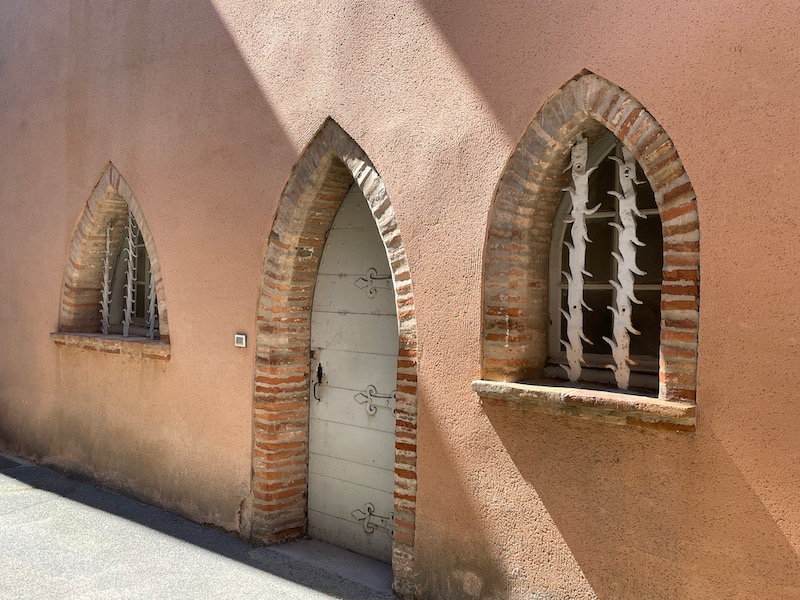
Lisle-sur-Tarn has the largest arcaded square in South-West France and the design is typical of the bastides in this area. The main function was to have an open area for fairs and markets. You can see the half-timbered houses around town, most were built in the XV, XVI and XVIII centuries. Around the square you can see the arched arcades, which shelter the people while they are shopping at the various little stores there, or eating and drinking at the restaurants and bars.
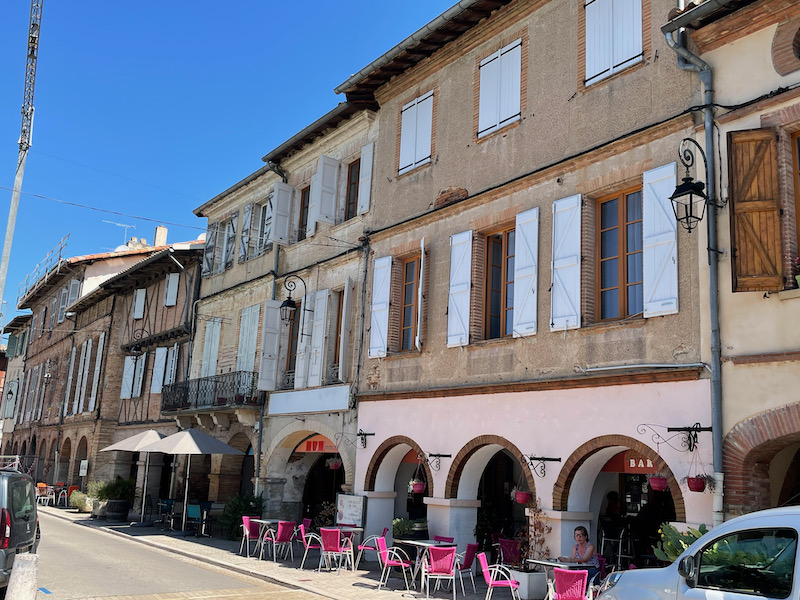
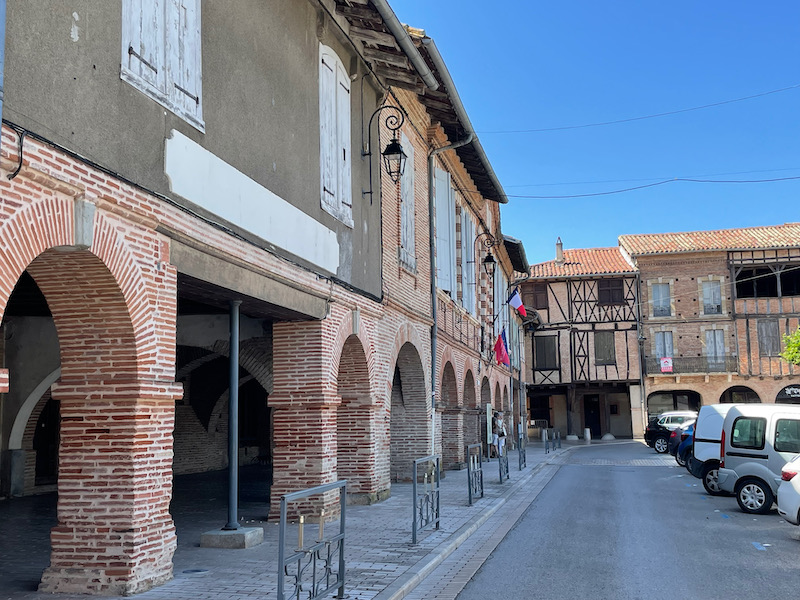
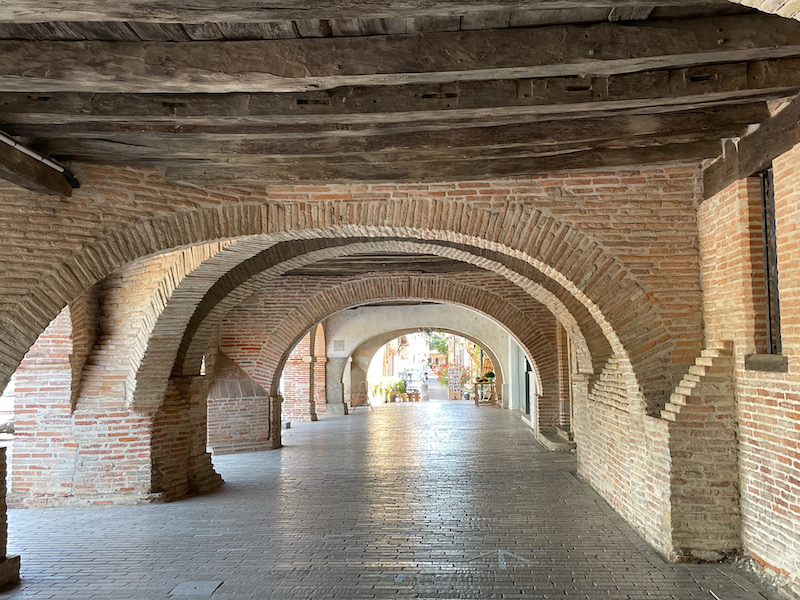
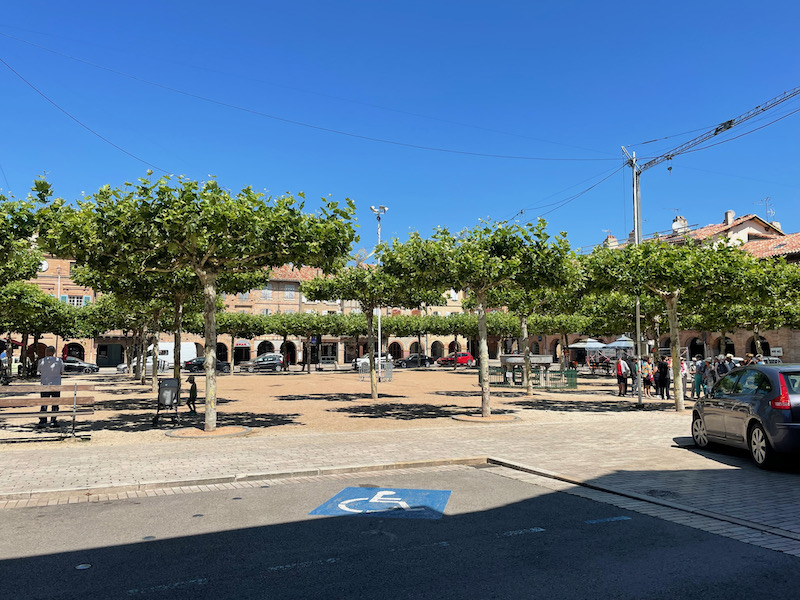
The current Hôtel de Ville, or town hall, is situated in the private mansion of the De Boisset family who owed it for 3 Centuries. (The family also owned the port and all its rights up to 18th Century). The building has a remarkable façade, a fl ight of cast Iron stairs and a large conference room with large mural landscape.
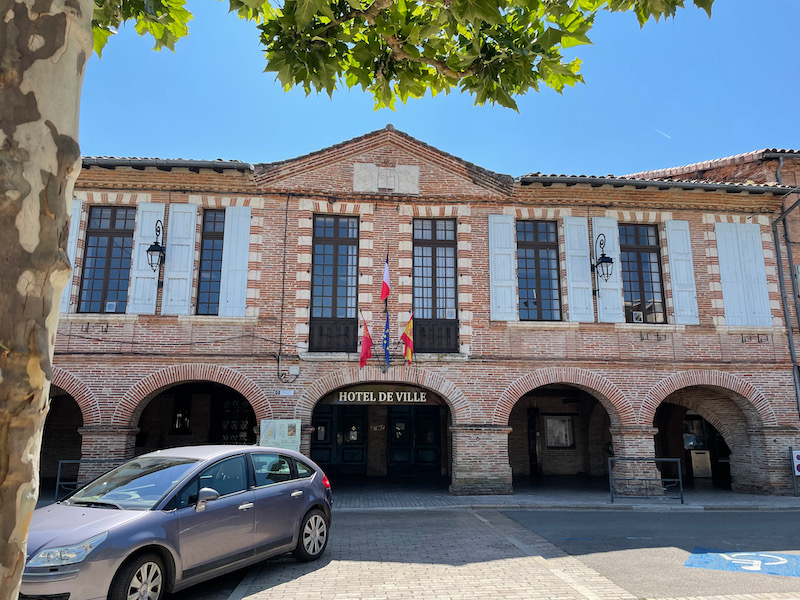
The Griffoul fountain was given to the town by Jeanne of Toulouse and Alphonse of Poitiers, and supplied the drinking water to the inhabitants of the town. The fountain was moved to the town of Albi for awhile and then returned when the square was renovated.
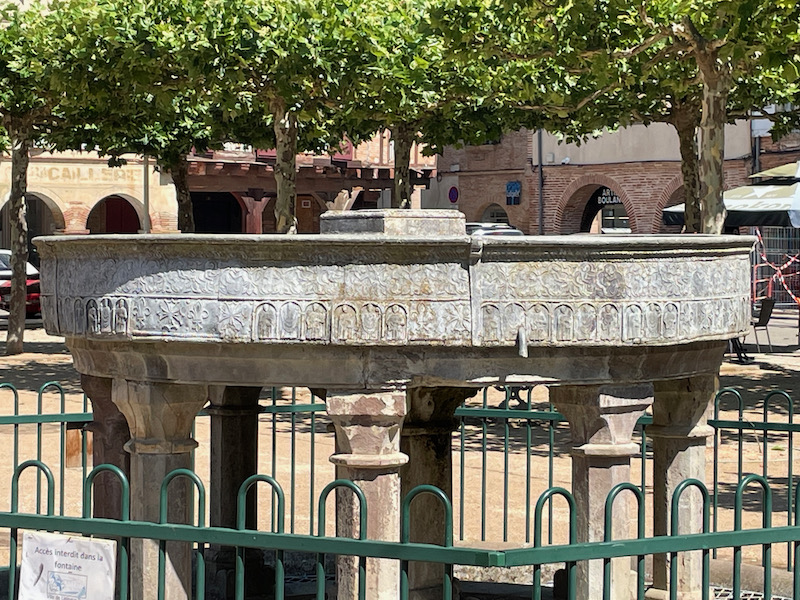
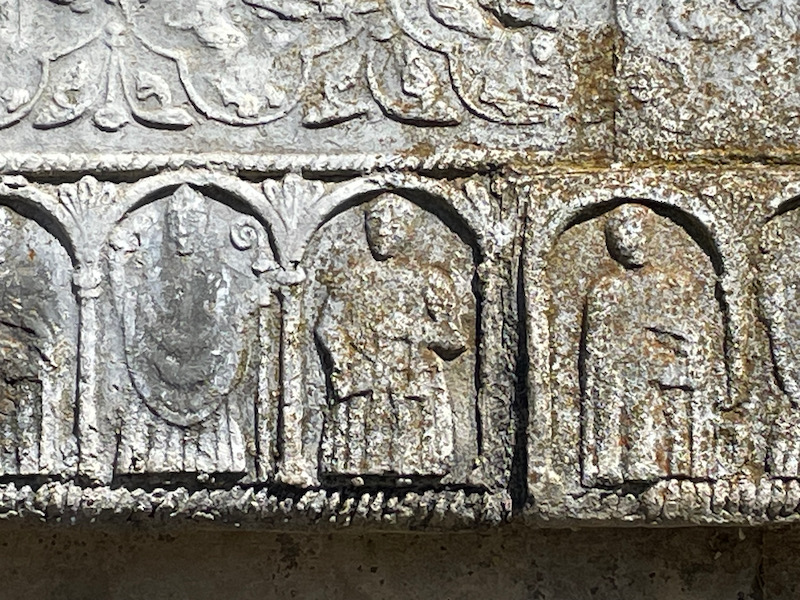
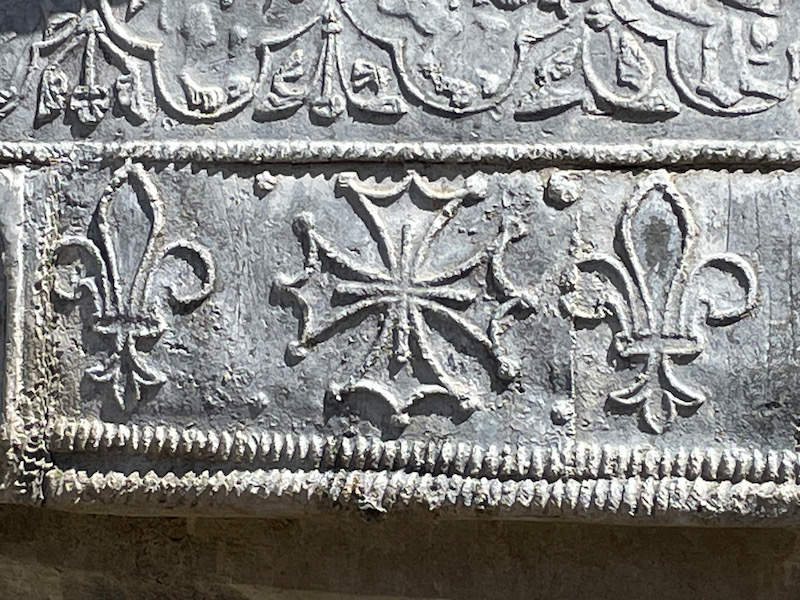
This is the first time I've seen additional supports added (in either concrete or brick) to hold up the overhanging upper floor of one of these medieval half-timbered houses.
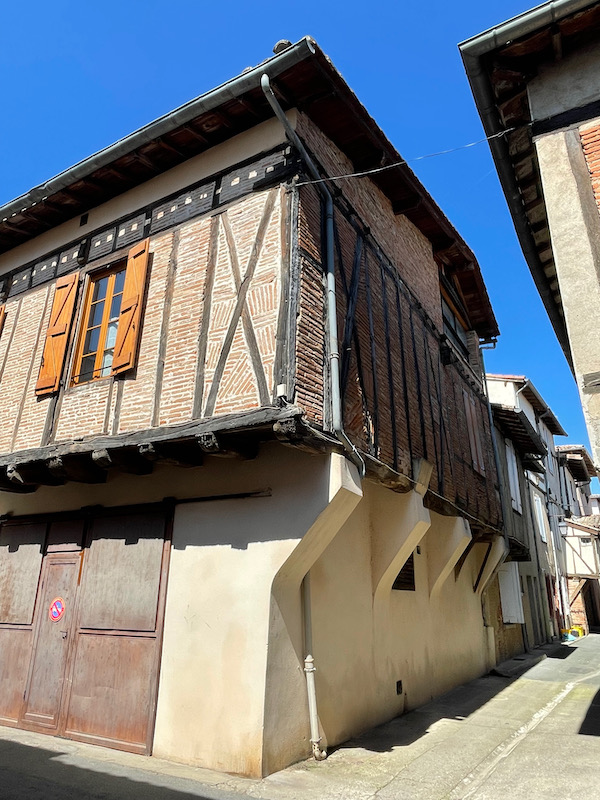
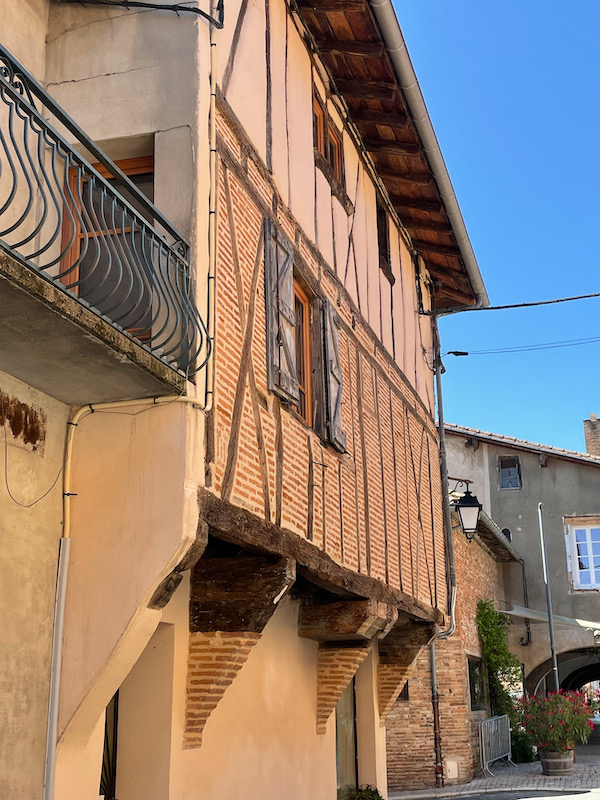
The Church of Notre Dame of Jonquière was built in the 13th and 14th centuries and still has a Romanesque side entrance from this timeframe (you'll see this in a minute). When the population and wealth of the city increased, a larger church was needed. This current church was completed in the 16th century, and regularly modified throughout the 17th and 18th centuries. The style of this new church is Meridional Gothic (Southern Gothic) or Tolosane Albigeois (the style of Toulouse and Albi). The octagonal steeple is in the "Toulouse Style", which was used as a watchtower for the town. It actually looks a lot like the Convent of the Jacobins in Toulouse.
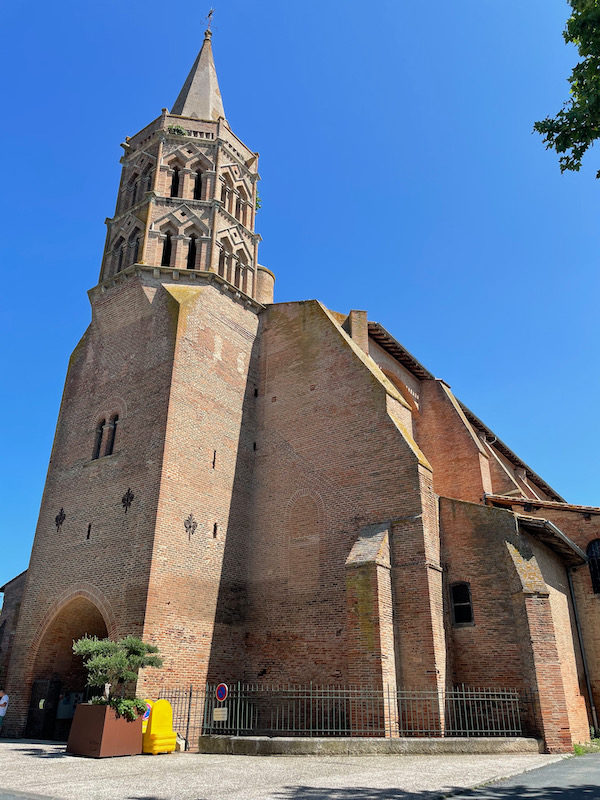
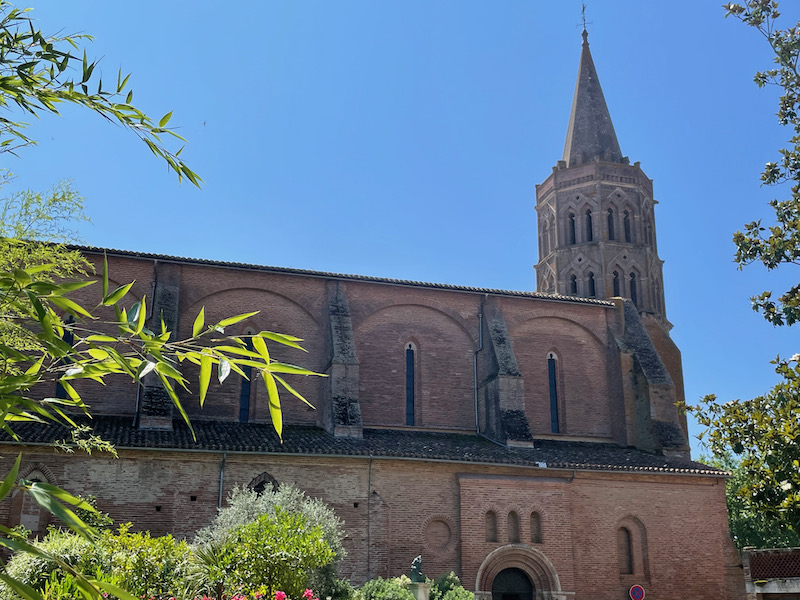

There was a service going on, so I only got pictures from the back. We went back before we left town, but the church was locked up, so we will have to "make due" with what I was able to get from a distance. You can clearly make out the Gothic ribbed vaults, which are colorfully painted.
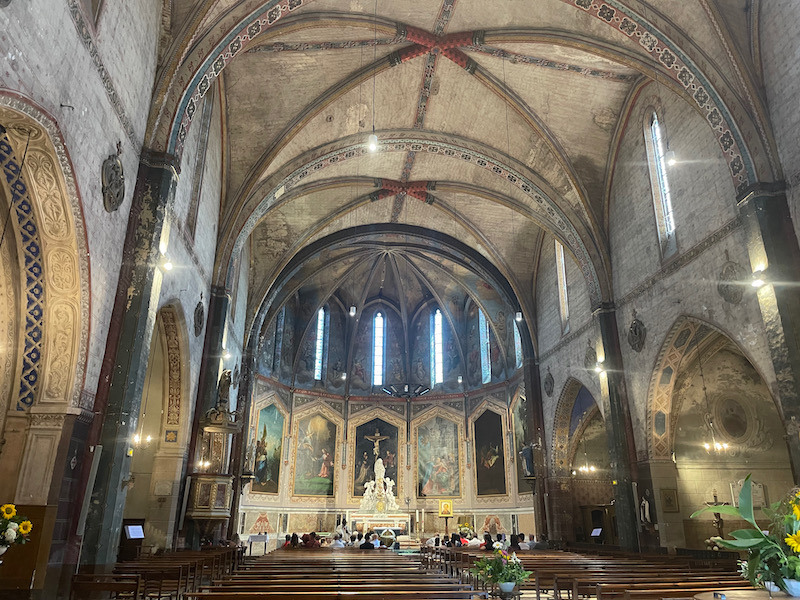
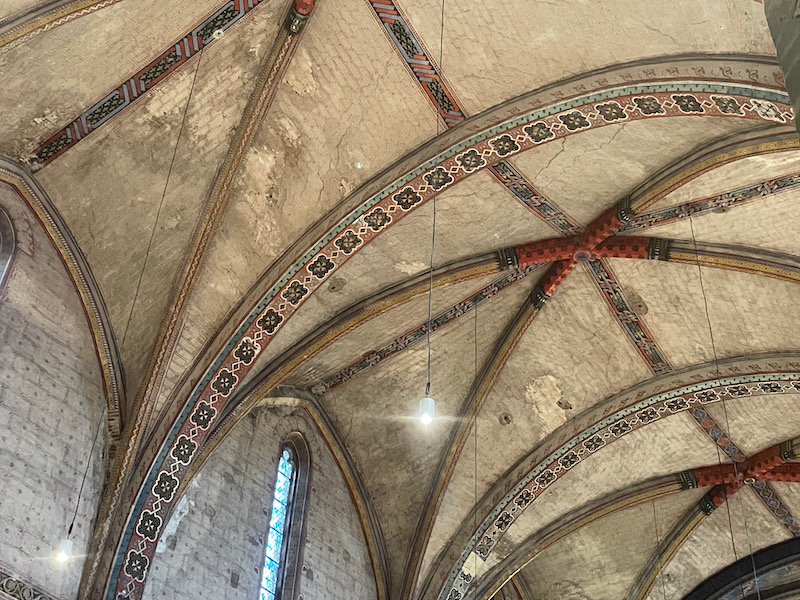
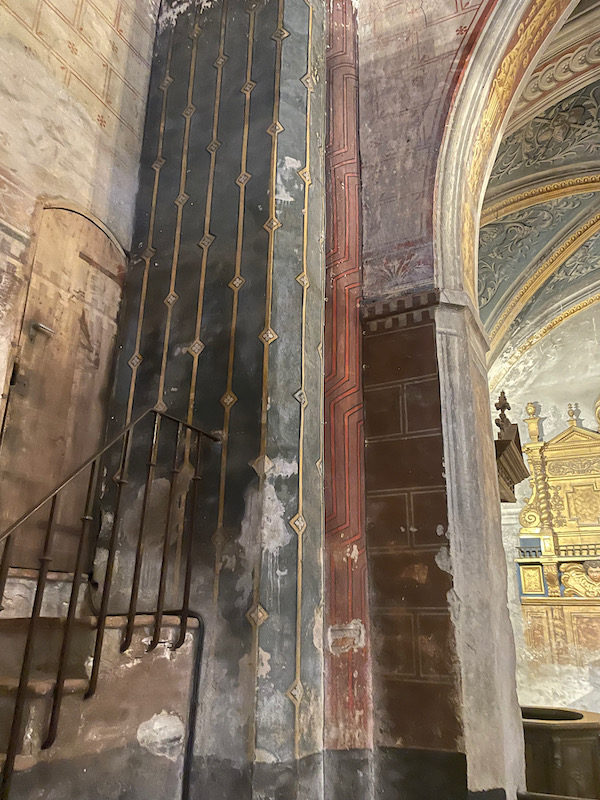
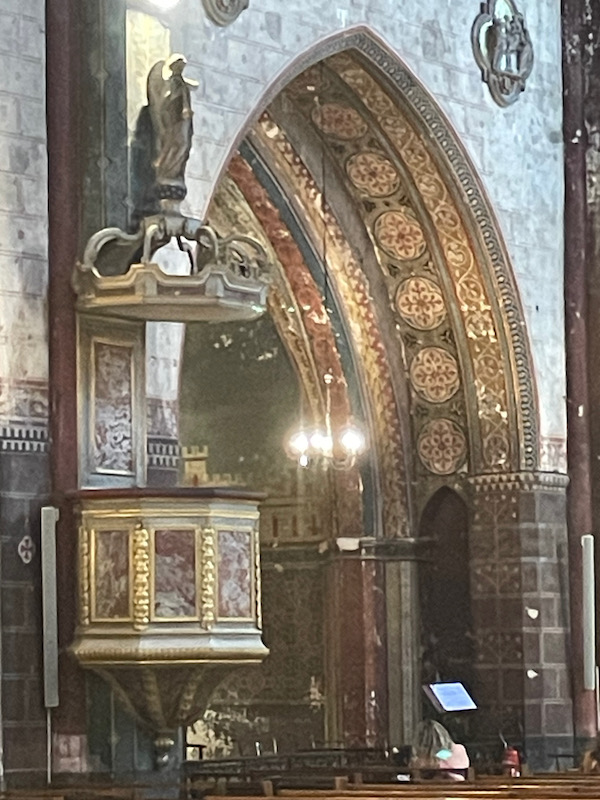
This is one of the side chapels, and you can see the painted walls and ceiling, and the elaborate altarpiece.
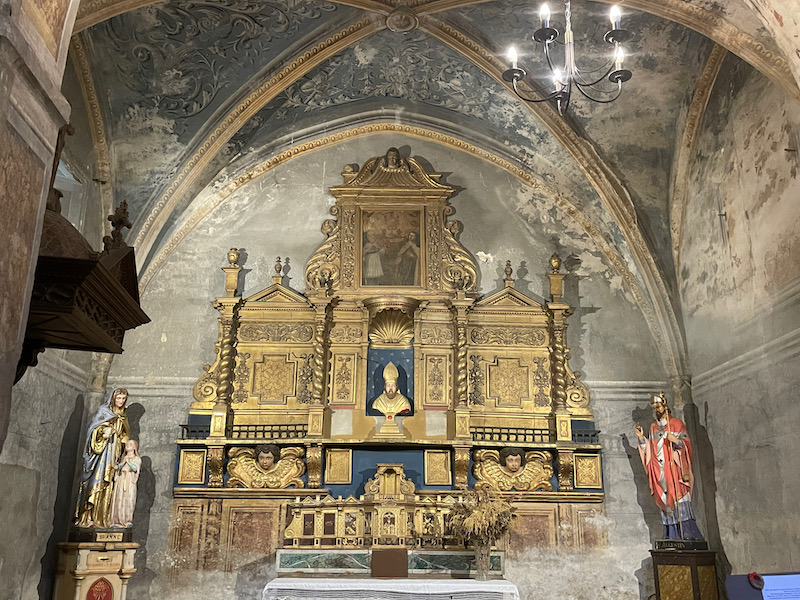
This is the Chapelle of Notre Dame de Pitié, or The Chapel of Our Lady of Mercy. It contains an 18th-century Pietà, representing the Virgin Mary holding the body of Christ on her knees after the descent from the cross and before the burial. It is life-size, in painted and gilded wood. Mary, dressed in a large cloak with multiple folds, holds the body of her son on the right knee, supporting the bust and holding the left arm of Christ at the level of the wrist, while the right arm falls down, inert. The face of the Virgin, her eyes half-closed, conveys great pain and, perhaps, a certain astonishment. The musculature of the body of Christ is particularly neat.
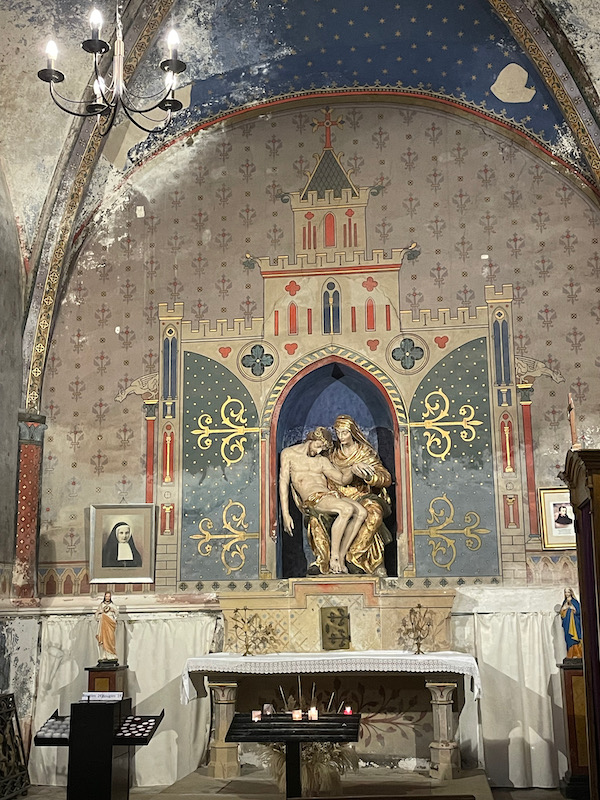
The only non-Gothic part is this Romanesque side entrance.
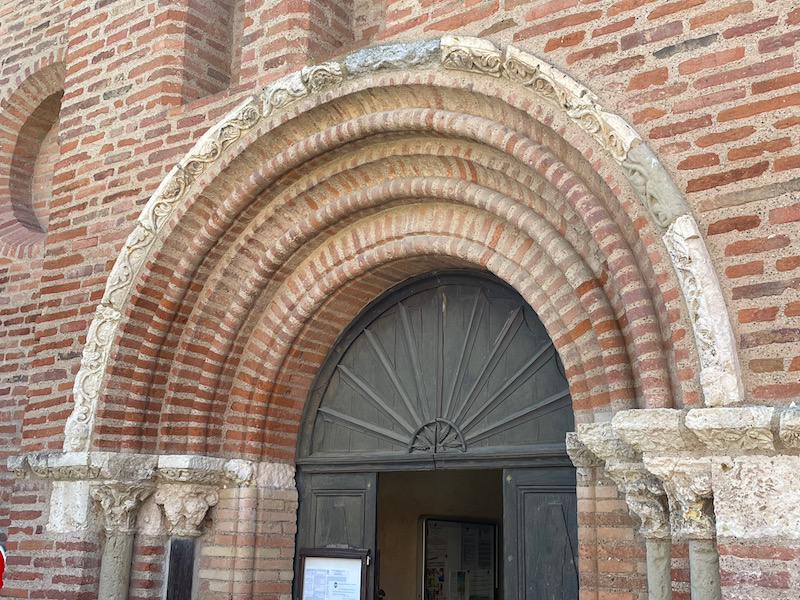
The area next to the church is a little green square dedicated to Raymond LaFage, who was born in Lisle-sur-Tarn in 1656. He died quite young (28 years old) and he was an artist, specifically with baroques drawings and mythological scenes.
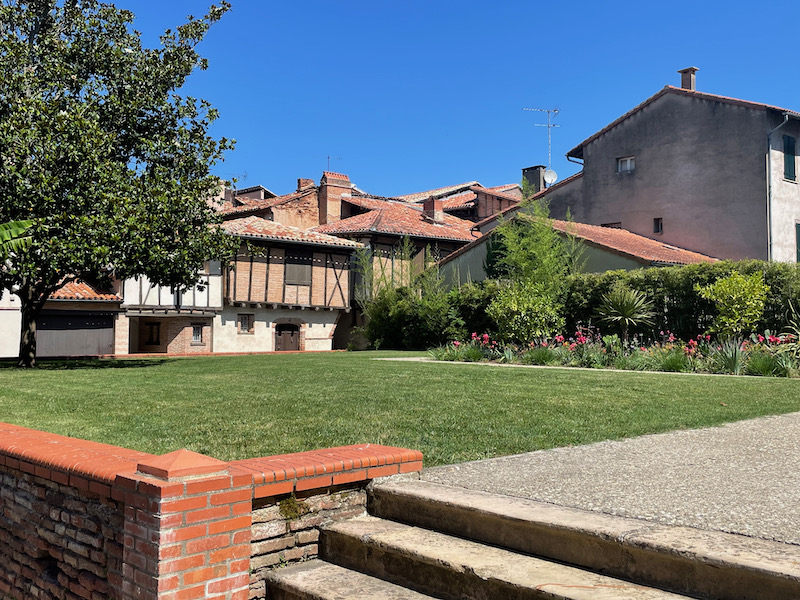
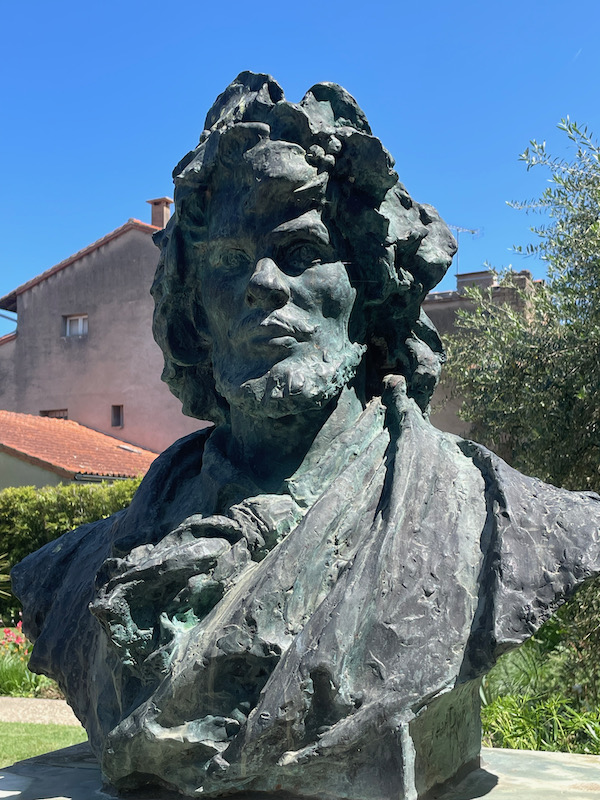
From the 13th to 18th centuries, the Tarn River was used to transport wine and wood to Bordeaux and England. You can see the path coming up from the River where the goods would be take, and they up through the port gates and up this road, the Rue du Port. The statue is of a famous Tarn explorer, Laperouse and was erected in the 19th century as a tribute to his expeditions for the King of France. It marks the place where the old gates of the port stood.
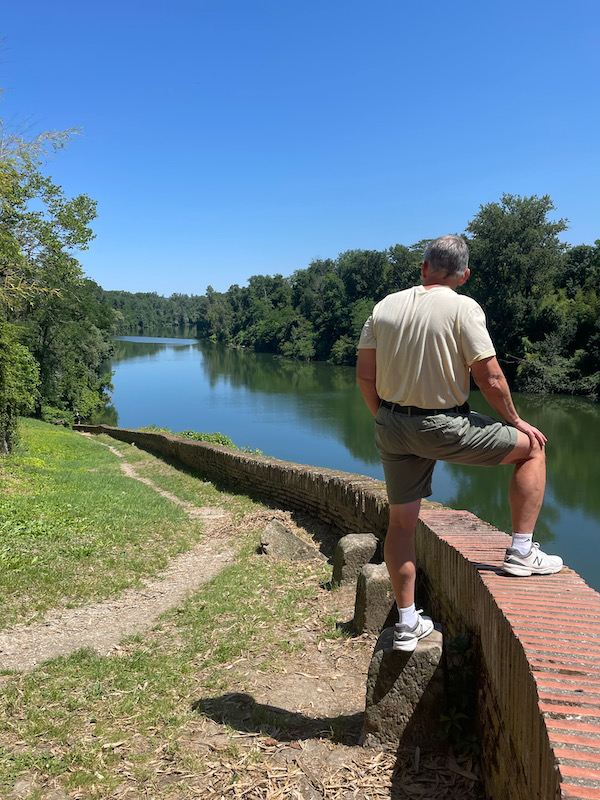
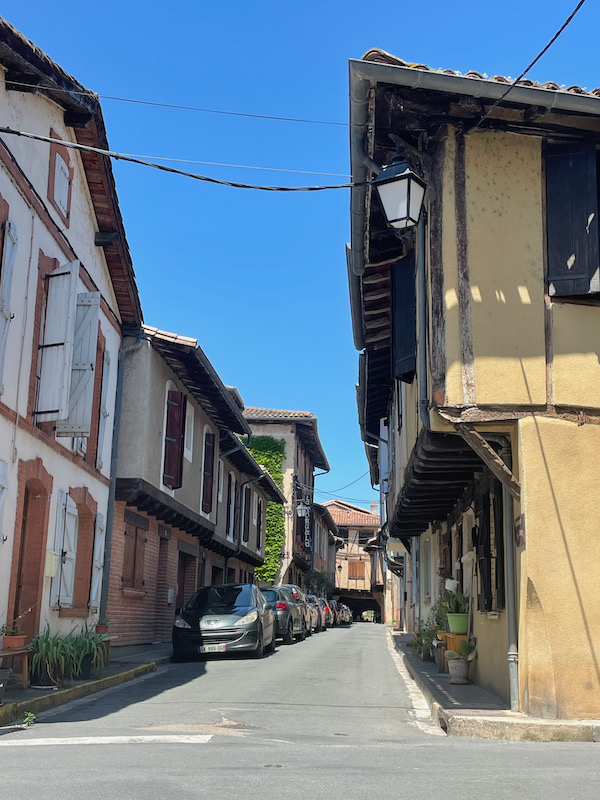
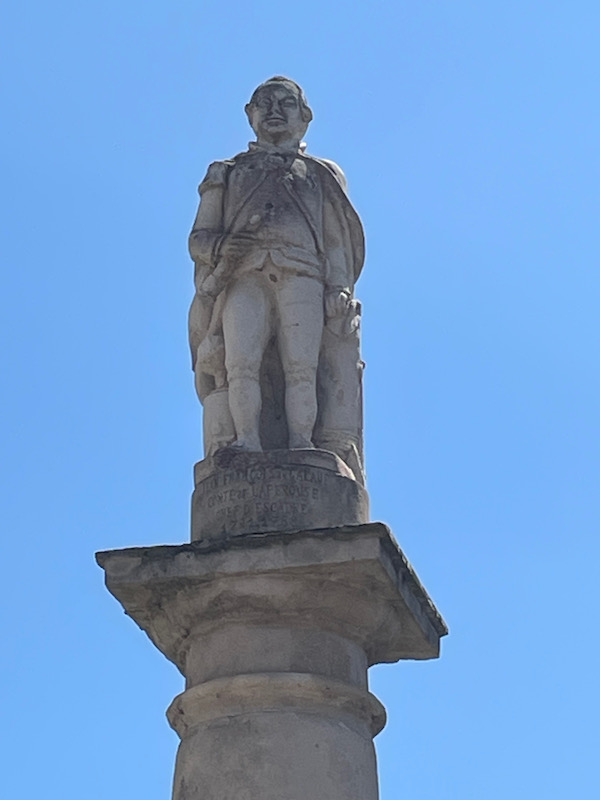
The Languedoc chambers were installed here by the Duke of Montmorency and were used until 1585 to judge religious affairs between the Catholics and Protestants. It became the "Chambers of Edict" at the time of the Edict of Nantes. On either side of the door is a nice decorative wreath.
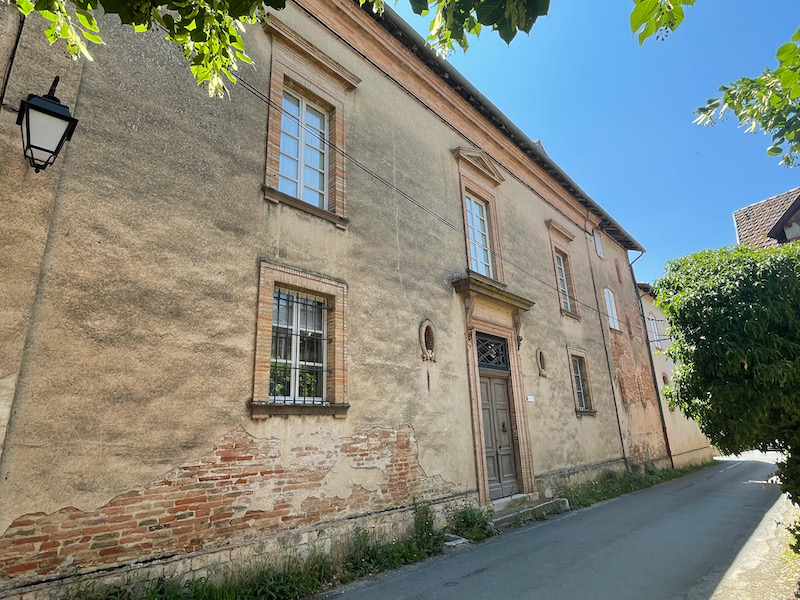
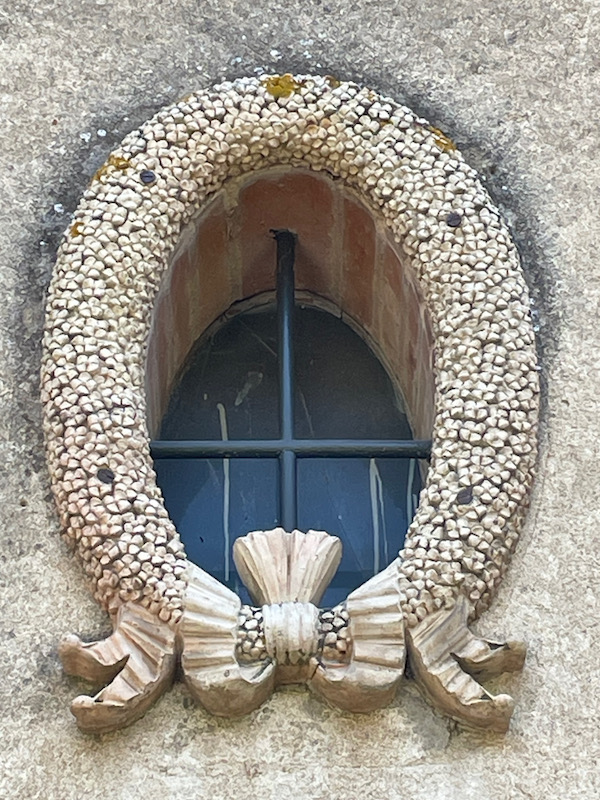
And just to finish with one of the best preserved/renovated half-timbered houses.
